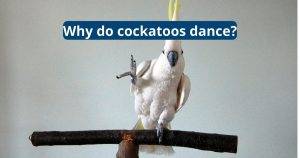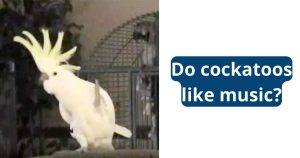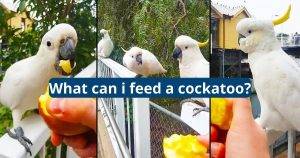Crimson Bellied Conure Vs Green Cheek Conure

Green cheek conures are quiet birds and often favored by novice bird owners. They also make wonderful companions. They learn quickly and love to play with their owners. They can even learn to speak a few words. These parrots are native to South America, specifically the southern part of the Amazon rainforest encompassing parts of Brazil and Bolivia. They are a member of the Pyrrhura genus.
Size
The crimson bellied conure is one of the smaller species of pet parrots. Its compact body enables it to climb and perch, so it requires less space in its cage than other parrots do. The bird can also fly, so it needs a large, aviary-style habitat that provides plenty of room for exercise.
In the wild, green-cheeked conures feast on fruits, vegetables, seeds and insects. They should be fed a similar diet in captivity, with fresh foods complemented by high-quality pelleted parrot food.
These intelligent birds are playful and affectionate. They form close bonds with their owners and are noticeably happy when they get the attention they crave. They love to play with people, climbing on their heads and shoulders or hiding in their clothes.
These birds are easier to train than some others, but they need patience and positive reinforcement. They can pick up some words, and they enjoy training when the trainer stays upbeat and uses voice inflection.

Temperament
Crimson bellied conures are very friendly and affectionate birds that will develop strong bonds with their owners. They enjoy playing, cuddling, and spending time outside of their cages.
They are intelligent birds that can be trained with patience and consistency. They will learn to repeat phrases, whistle melodies, and mimic sounds they hear in your home. They are very active and will need a large cage with multiple toys and objects to keep them busy.
Green cheeks are also very friendly birds that will form strong bonds with their owners. They are quieter than crimson bellied conures and can be very good pets for people who live in apartments.
They will need a very large cage with plenty of perches, toys, and objects to forage with. They will also need a wide variety of fresh fruits, vegetables, seeds, and pellets to achieve a balanced diet. They love to eat leafy greens and carrots and will often visit clay licks to get the calcium they need.

Care
Both species require ample care, a spacious cage, lots of toys and mental stimulation, baths or showers daily, and regular avian vet checkups. They are prone to various health issues, including feather plucking, obesity, and aspergillosis.
The crimson bellied conure is one of the quieter parrots and can bond with humans easily. They can also be taught to speak and sing. They are also relatively healthy and have a lifespan of about 20 years. They do not do well in cold climates.
They require a large habitat that is at least 24” W x 30” D x 60” H, with bars that are spaced no more than 34” apart. They need plenty of chewable toys to keep them busy, and their cage should be kept at a moderate temperature. They should be fed a variety of fruits, vegetables, nuts, seeds, and commercial pellets on a daily basis. Pellets should fulfil 60 to 70 percent of the bird’s nutritional needs.

Feeding
In the wild, crimson bellied conures feed on seeds, flowers, berries and fruit. In captivity, this species can be fed a combination of fresh fruits and vegetables and pelleted food.
As a pet, they need constant attention and interaction to keep them happy. If they are left alone for long periods of time, they will become noisy and destructive. Keeping them busy with chewable toys will help minimize this problem.
Green cheeks can mimic words and sounds, but this takes a lot of patience and repetition. It is best to start with kissing noises and progress to words as they get more accustomed to mimicking.
They require a cage that is at least two feet wide, two and a half feet deep and three and a half feet tall. Providing multiple perches for them to move around on, as well as plenty of toys and chewable objects will help ensure your bird’s happiness. The cage should also include a bathing area to keep the bird clean and healthy.





